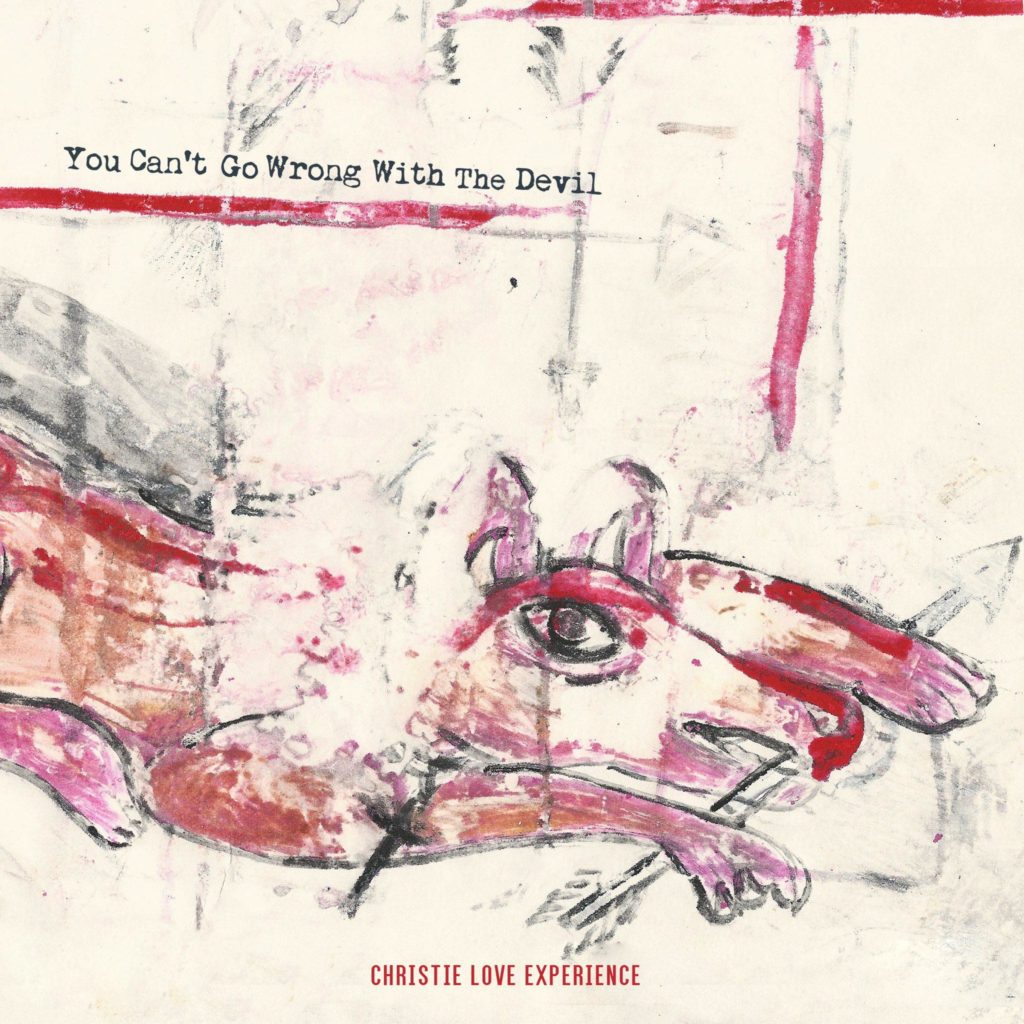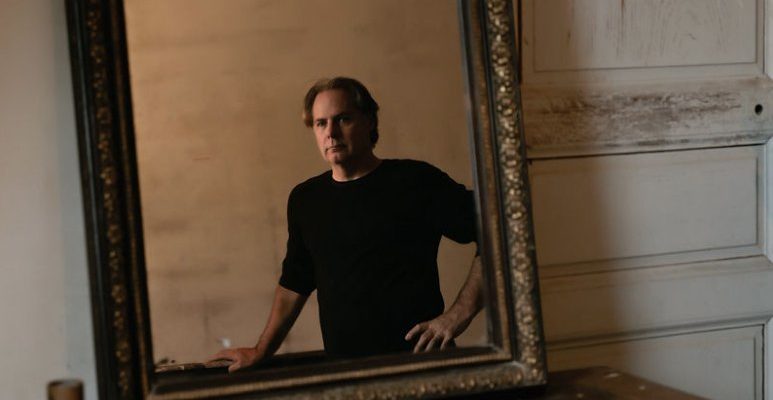Lifelong musician and creative Larry Goode, currently guitarist for the renowned Christie Love Experience, brings a fine balance of talent, experience and devotion to modern rock. His journey is one of extensive and unrivaled immersion within all things music.
Prior to the release of the band’s latest single, we were blessed with the opportunity to interview Larry, to find out about what drives him as a musician, his work with CLE, his plans for the future, and plenty more. Here’s the conversation in full.
* * *
Hey – thanks so much for the interview, great to connect with you! For those new to your work, how long have you been playing guitar, and what first inspired you to pick one up?
Thanks, I’m happy to be here!
When I was a kid my dad had a very old Martin acoustic that had been his fathers and I had a great time plucking around on it—but of course I didn’t have any idea what I was doing. I remember it was fascinating and really drew my attention.
Later, as a teenager, I think I was around 15 or 16, I took guitar lessons. Strangely they were jazz lessons even though I was into bands like Judas Priest, Zeppelin, UFO, etc…. I think that early exposure to jazz influenced my playing and writing at a subtle level. I’ll still throw in the odd jazz chord. Incidentally, where I grew up in San Antonio, the town was, and still is, crazy for metal/rock bands. It’s all you would hear on FM radio. I would sit my bedroom for hours playing what I heard.
Moving to Austin in the 80’s opened a whole new world of music. I was amazed and inspired by the new music I heard. It really changed the way I approached the guitar, and I was more open trying new sounds and techniques.
Did you try your hand at other instruments along the way, and what was it about the guitar that drew such passion from you?
I played the violin for a bit when I was young, but it didn’t hold my interest the way the guitar did. I really wasn’t interested in playing any other instruments. I have always focused on guitar. It just really spoke to me.
“Hitting the right tone for the song is like the feeling of having the perfect satisfying meal, or great sex; that’s when I know it’s right.”
How have you honed your unique tone and playing style over the years, and how would you now describe it?
Trying to describe tone is a bit ineffable, but I do have a focused idea of what I want my tone to sound like—I know it’s right when I hear it; I have a neutral tone, then I adjust it to achieve a certain mood. The tone I want comes from years of trying different amp combinations searching for a distorted, but still clear tone. Hitting the right tone for the song is like the feeling of having the perfect satisfying meal, or great sex; that’s when I know it’s right.
The first rig of any note I used in my early alt/punkish bands was a Fender Bassman head through a weird Sun cabinet that I bought at a garage sale. It made a strange farty noise and was mostly bass— go figure. My guitar sounded like a big distorted dark blob when turned up to 10. But at the time I loved it. I still laugh when I think of that rig, it was awful but listening back to those old recordings I’m surprised that I still got a half decent tone. Eventually I switched to a more classic Marshall rig. I’ve always liked the classic Marshall head through a Marshall 4×12 cabinet, but the tone was still a little bass heavy, and it sometimes fought with the bass amp, especially in recording. I wanted a tone that was a bit brighter and clearer; I describe it as a distorted shimmer that satisfies the ear and runs up the spine. When I feel that shimmer, I know the tone is dialed in.
In the recent CLE recordings, I use three or four guitar tracks in a song. I think of them, when mixed together, as one guitar, and I work to get the overall tone right for the combined guitars. One guitar track might have more of a dark tone, on another track the guitar might be a bit brighter. But added together the tone should be correct—correct in that it supports the emotional feel of the song.
For example, on You Can’t go Wrong with the Devil, I thought the song should feel dirty and rough. I pushed the rhythm guitar to a dry and brittle sound, like snapping dry twigs, contrasting with the smooth dark lead running over it. That lead sounds like gooey dark honey and the tone of the combined tracks really supports the emotional statement the song makes—it works for and brings the best emotional response from the song. On the other hand, the next single that should be out in December, Head on Fire, is a very fun positive song and the mesh of guitars have a much warmer shimmer. I think I nailed that one and can’t wait for people to hear it.
“That lead sounds like gooey dark honey & the tone of the combined tracks really supports the emotional statement the song makes…”
What’s your set-up lately, and in what ways do you like to adjust this depending on the mood of each new song?
For years I played a Marshall JCM-800 through a 4×12 Fender cabinet live and in the studio. The Fender cabinet has a brighter tone than a Marshall or other cabinets I tried. I think Fender stopped making that cabinet in the 1990’s. I have a 1974 Les Paul Deluxe and an early 80’s Les Paul Standard that I use almost exclusively on the CLE recordings. The two guitar tones blend well. Even though I love my JCM-0800 rig, now I’m exclusively using guitar plug-ins for recording. I was suspicious of plug-in’s vs real amps, but I read an interview with Andy Gill of Gang of Four — one of my all-time favourite guitarists, RIP—and he mentioned that all the guitars on their last album were virtual. Straightaway I listened to the record, and I couldn’t tell the difference between live and plug-in guitars, so I thought I would give it a go.
Wanting to stay true to the original CLE band sound I sampled my Marshall rig and used it as a starting point for my guitar tones and plug-in effects. I found the variations I can experiment with were amazing and endless. I felt like a kid in a recording candy shop! However, I found with the endless variations possible there was a danger of losing the CLE sound—with each song sounding like it comes from a different band completely. I had to really guard against that. I use a variety of virtual distortion boxes, reverb, delay, etc… and other effects to gain the mood I want. It’s case by case. I also run the guitars through a virtual emulation of a 1973 Neve board which adds warmth to the guitars and clarity to a mix.
When recording I lean towards a layered, ethereal guitar sound, but also distorted and loud; I want the listener to feel like they are at our live show, in the front row, getting gut-punched by super loud guitars. I guess I can’t completely get away from my roots loving power guitar bands. Give me a Les Paul through a Marshall any day!
As far as adjusting the guitars according to the mood, the songs come to me in a pretty rough form, usually just an acoustic guitar with Wren’s vocals. It’s a blank canvas. I add the guitars like I’m painting with them. I’ll start with my default tone and add, or subtract, effects and eq till I get the mood I want. The sound I want just comes to me—usually when I’m walking my dog late at night or meditating or just day dreaming. Then I try to emulate what’s in my head on the recording.
I rarely start recording guitars before I have a clear idea what they should sound like. But I do leave room for experimentation and letting the happy accidents happen. That’s where the real magic occurs. It’s important to set your own creative rules, then forget them. The boundaries are there, but they’ve become invisible.
“I guess I can’t completely get away from my roots loving power guitar bands. Give me a Les Paul through a Marshall any day!”
Were jam sessions important in terms of perfecting your playing and confidence on stage?
In my early bands it seemed that all we did was jam during rehearsal. We would practice in a storage shed in the country, just jamming and writing all night. I think it was good for learning to listen to what everyone else was doing and not just do my own thing. It was also good for learning how to control my volume in a band situation—when to be loud and when to leave breathing space. The empty spaces in songs are important. There is a hierarchy as to what instrument should be out front and when, but that’s something that is learned in rehearsal. It’s not something you can practice by yourself.
As far as confidence on stage I’ve never wanted to leave anything to chance. I’m not real comfortable with improvising on stage. I like the songs to be well rehearsed and I think that’s where confidence comes from, knowing the songs so well that there was little chance of a disaster on stage—so you can keep playing through any situation—like an unruly crowd or monitors going down. I once clocked a guy with my guitar because he wouldn’t get off the stage, but the band kept playing without missing a beat. I loved it.
“I’ve never wanted to leave anything to chance. I’m not real comfortable with improvising on stage. I like the songs to be well rehearsed & tight & I think that’s where the confidence came from.”
Tell us about the new single, a brilliantly emotive and inspiring track, with some nostalgic and mighty guitar layers and solo-work interwoven throughout. What does the song mean to you, and what was the creative process like?
The song’s mood took a while to form. I played the guitar parts at around 2am and I think that late night noir feeling came through, especially in the hypnotic second half of the song. I envisioned a film set in the New Mexican desert, on the outskirts of Albuquerque, with wind and irritating sand, the hot sun with long shadows and strange weathered people moving about.
This imagery would come up as I pondered how to approach the guitars. The song needed to be fragile but also thick and darkly dreamy, with a touch of melancholy reminding us that we’ve all been in trapped uncomfortable situations. That’s my ideation process, giving the song time to soak in so I can hear what I want before I play anything. I’m searching for an underlying story that the guitars can tell.
Speaking of ideas, David Lynch wrote a book called Catching the Big Fish where he talks about capturing ideas. He said that all ideas are out there floating around waiting to be caught. I love that concept. It’s easier than creating ideas from scratch.

“Albuquerque has a desperation lurking under the surface that bubbles up. I wanted to capture the awful feeling of needing to get out but being unable to.”
How does the writing work given the distance between band members, and what’s it like for you as an instrumentalist to get these things ready in a solo setting?
I’m enjoying the long-distance writing. Wren sends me the scratch track with just acoustic guitar and the vocals. Or if I’ve written the kernel of the song, I send her a rough track. Then she does her vocal magic and sends it back. I arranged it, maybe change a few of the chords then put down a scratch guitar track to a drum machine. Norman then comes over and tracks his bass and I put the lead on and other layered guitars. At this point I really start to figure out the guitar mood.
I do my best guitar work alone, and after midnight when I would get an idea and rush to my studio to lay down the track. Once that is finished, I send it to Brian, and he tracks his drums. Then we then replay everything to the finished drum tracks.
The process seems to work and gives me time to think about the details of the song and make changes. It’s not as rushed as writing in a band situation where we are all in the same room trying to arrange on the fly. It also leaves more room for experimentation.
Who comes to mind as one of the most impressive and versatile guitarists of all time?
Wow, that’s a hard one! My opinion of guitar players shifts all the time, but I can tell you who I’m being influenced by right now. I’ve been listening to Ryuichi Sakamoto, not so much for guitars, because he doesn’t use many, but the moods he gets are amazing, and I love the soundscapes he achieves. I find his work interesting, intellectual, and inspiring.
I’ve also been listening to Roxy Music. Especially the Avalon album. I think Phil Manzanera’s guitar work on that album is stellar. It’s understated, but if you really listen to his guitars’ they are very complex but perfectly completes the songs without using extra notes—and his tone is wonderful, I would love to know what rig he used for the album.
David Sylvians’ beautiful early records are also an influence. The guitars are subtle but really add to the mood of the songs.
Finally, in a complete change, I’m listening to a lot of Dinosaur Jr.. J. Mascis is a master of layering wonderfully distorted guitars. I recently saw them perform in Austin and as usual they blew me away. The raw power of his guitars is awesome.
Do you have any big ambitions with your music, or do you just roll with the punches?
I would like to complete the CLE album; we have a lot of songs in various stages of finish. Also finding a good label to help with promotion would be nice. Beyond that I tend to think just day to day. What did I create today? What will I be able to create tomorrow? That kind of thing.
You’ll drive yourself crazy trying to plan even a year out with all the uncertainties in this world. Things just keep getting more and more out of control. I don’t know what will happen next week, much less a year from now so I might as well just have fun and find fulfilment making art and music. That’s what keeps me playing guitar, the enjoyment of creating, and the guitar is a tool for creating, just as a paintbrush is for a painter or chisel for a sculptor.
At the end of a day if I can say, “today was a good day, I created something”, then that’s enough.
What’s something you’d like more people to understand about you?
I think I would like people to know that in addition to being a musician, I’m a visual artist. I usually work in mixed media and found object art. I think discarded objects have a beauty of their own that often are overlooked. If I can find these gems and incorporate them into a work that speaks to the viewer, that’s awesome.
I also have a project called A Singular Thought, its focus is on ambient and experimental music. I love to find and record the odd sound and create soundscapes. It’s a bit like the mixed media art I do—mixed media songs I suppose.
Is there anything else we should know?
Nope -)
Thank you for having me!
* * *
Check out Larry Good’s Artwork via his Website & Saatchiart.

